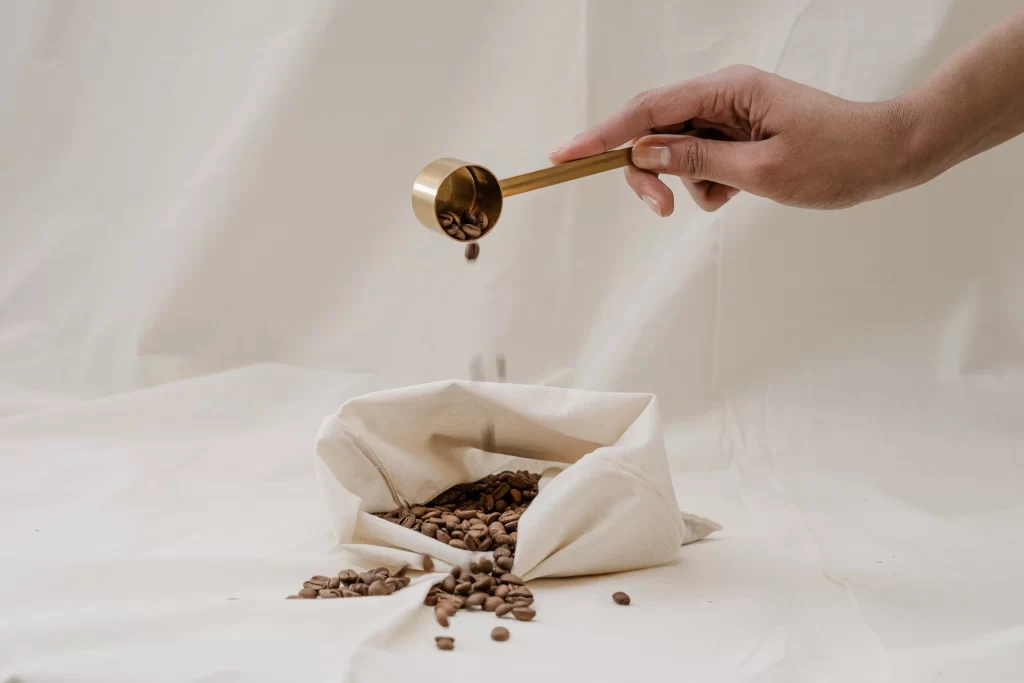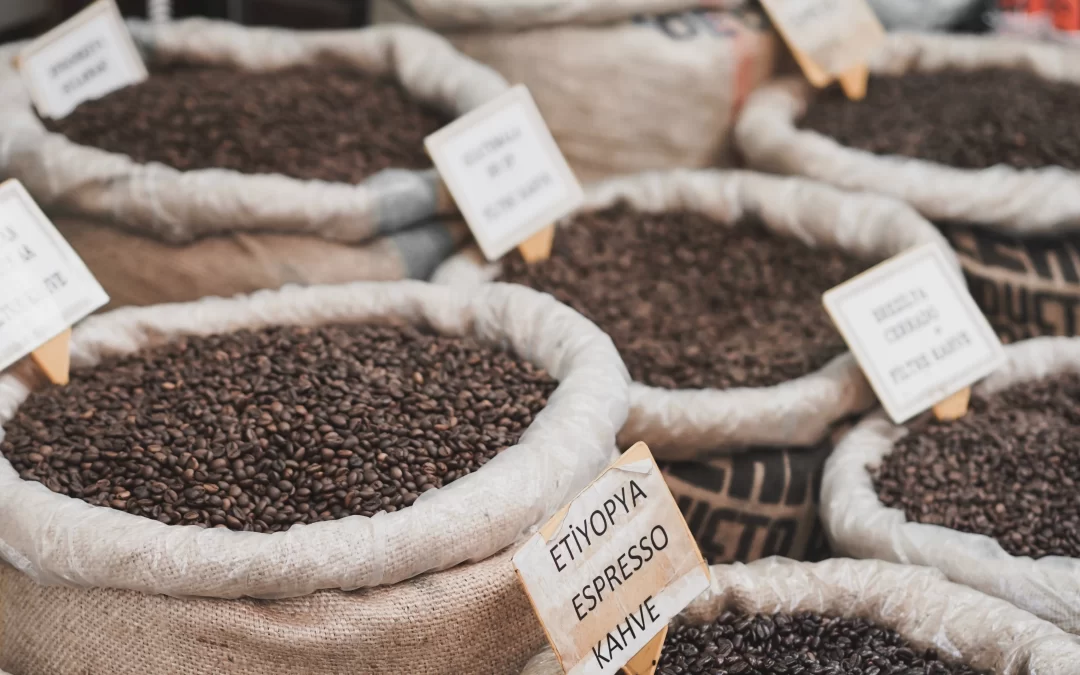Coffee Packaging and Transporting
After choosing the blend of beans that suits your taste, it is time to find out how coffee packaging and transporting will interfere with the taste.
Understandably, there are parts of this process that is not under the consumer’s control, but once you know what is best-practice, you can look for a supplier that will follow all the steps to ensure you get the best product available.
It is a long way from the coffee beans being picked until it reaches our cup, how the supplier handles this process defines the quality of the product that reaches the consumer.
Step 1: Picking to Exporting
When the farmers pick the coffee beans they must keep them away from moisture, therefore, most coffee farms will use special bags that allow the passage of air when transporting and storing the raw beans. Then, there are specially designed containers to move it from the country of origin to its destination, the best quality coffee beans are roasted as close as possible to where the coffee will be consumed.Step 2: Roasting and Delivering
Once it reaches the destination and it is roasted, the beans begin to release carbon dioxide and the contact with oxygen make it lose freshness, so it is important to reach the consumer as soon as possible. There are a few measures that the supplier can take to retain freshness, for example, add a small valve in the pack that will let Co2 gas to exit but stop O2 to getting in. This extends the shelf life of the product and ensures the consumer has more chances to enjoy a great coffee.Step 3: Storing Coffee Beans
So far, all the process is under the supplier control, but once it reaches the consumer there are still guidelines to storing it to ensure the taste is preserved. Make sure the pack is not placed directly under sunlight, that the storage container is air-sealed and placed inside a cool and dry cupboard.
Coffee Capsules and Pre-Grounded Coffee
While the bean-to-cup process, manual or automatic, offers a maximum taste due to the freshness, it is often not practical or economically beneficial for households or business with under 20 staff.
It is time-consuming to grind beans everytime you want a cup of coffee and the financial benefits of an automatic bean-to-cup machine are only seen when brewing a high amount of cups per day. This is where the pre-ground coffee and the more practical capsule machines come into their own.
The best practice to store pre-ground coffee is the same, choose an airtight container and keep it in a cool and dry place.
The capsules, generally, are sealed using high-end technology to maintain the contents fresh, making it a better option to pre-ground coffee, but moisture and temperature will still interfere with the taste so store it the same way.
The best time to consume the coffee is within 2-14 days from roasting, if kept under the right conditions, after this period the beans will be less fresh. Most speciality coffee bags will have a “roasting date” to be used as a guide.
There is no health risk in drinking the coffee from stale beans, but it will taste different. It is similar to wine that once opened it starts suffering chemical changes, influencing the taste.
It may be that some coffee drinkers won’t taste the difference, but we want to ensure that you are making an informed decision and that you can find a really good coffee and that you enjoy every cup. So here is a summary of our tips so far:
- Coffee Beans: Arabica tastes smoother and lighter and Robusta taste stronger and crisper.
- Transport: Ensure to buy from a trustworthy supplier that will handle it correctly.
- Packaging: Make sure it is air sealed and the valve has not been damaged.
- Storing: Keep it at room temperature, away from moisture and in an air-tight container.
Featured Picture by Mike Kenneally on Unsplash

